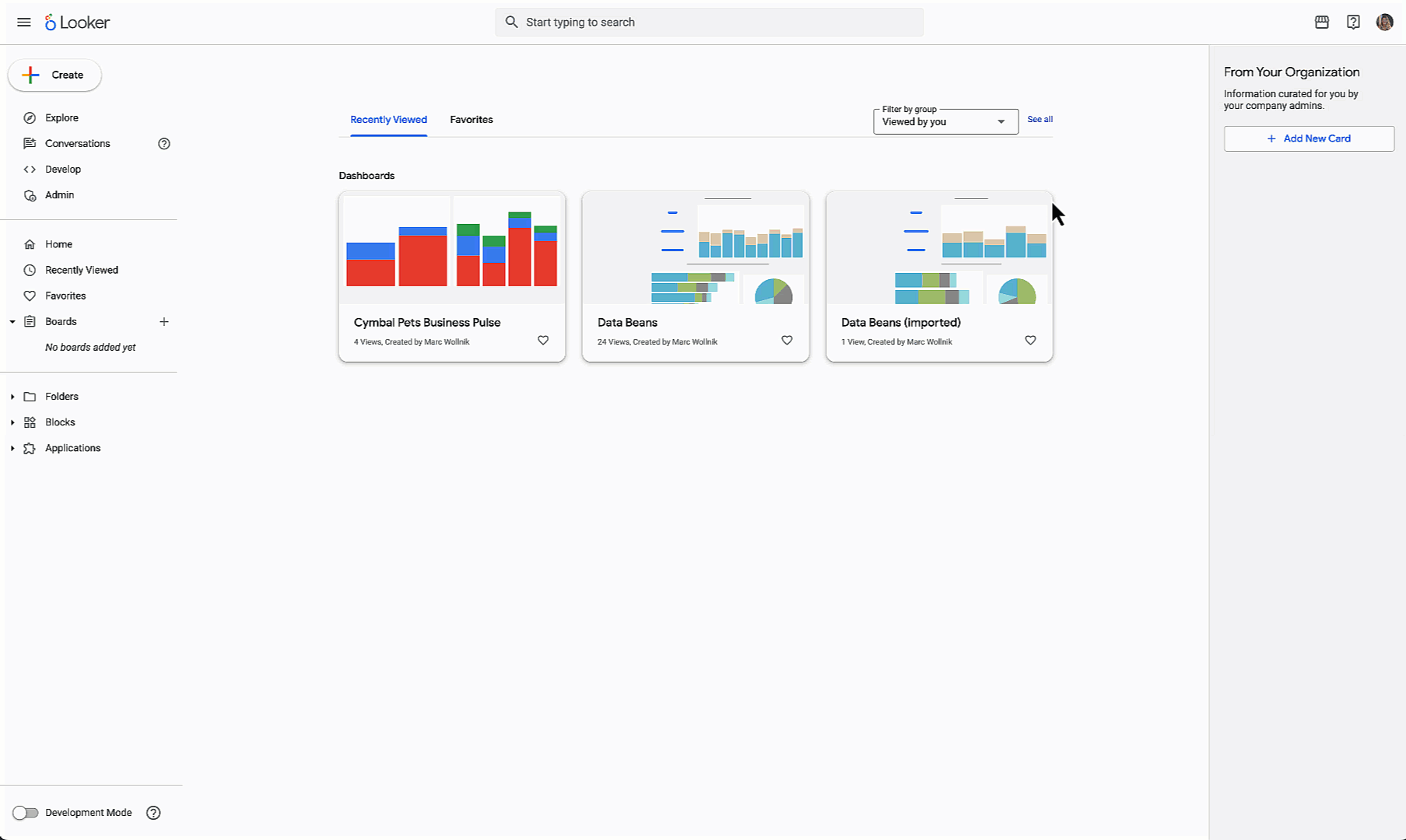GCP – Boosting Subsea Cables with Multi-Core Fiber Technology
As the world becomes increasingly digital, demand for bandwidth is growing exponentially. The undersea fiber optic cables carrying this bandwidth between continents must scale accordingly. That’s why, alongside our industry partners, we’re always looking for innovative ways to fit more into every cable, increasing network resilience and capacity for both cloud providers like us and network operators serving people around the world. Today we are deep-diving into one of the latest innovations in subsea cables: multi-core fiber (MCF) technology.
First, some brief history. With traditional subsea cables, power comes from the shore-end. A dedicated set of pump lasers amplifies the optical signal for each fiber pair as data travels across the length of the cable. When space-division multiplexing (SDM) technology emerged in recent years, it enabled subsea cable systems to meet constantly increasing demand by scaling the number of fibers in the cable, therefore delivering higher total capacity at a more cost-effective rate per bit.
But current SDM technology is now starting to face scalability challenges. Increasing the number of fibers in each cable is difficult without widening the cable’s outer diameter, which would require more material and weight, therefore burdening marine operations and maintenance. What’s more, adding fibers means significantly longer timelines for manufacturing, testing, and repair.
Enter multi-core fiber (MCF) technology, an evolution of today’s single-core optical fibers. Google and NEC are collaborating to adopt it on the Taiwan-Philippines-U.S. cable — a new system in collaboration with regional carriers Chunghwa Telecom, Innove (a subsidiary of Globe Group) and AT&T to connect Taiwan, the Philippines, Guam, and California. This is a first for the submarine cable industry.
MCF builds on the current generation of single-core optical fibers, which rely on a rounded glass core that is surrounded by a glass cladding to confine and propagate light. With MCF, we double the number of cores in the cladding, meaning it can carry more light and information at a reduced cost per bit. All in the same fiber strand! MCF technology will also enable faster manufacturing, testing, and maintenance operations because it involves fewer fibers compared to an equivalent number of cores implemented via traditional single-core fibers.
“This first implementation of MCF in submarine networks represents a fundamental milestone towards next-generation systems with larger capacity, more efficient connectivity and lower cost/bit,” says Eduardo Mateo, Director of Technology Strategy at NEC.
We’re proud to have worked closely with NEC over the past decade to advance industry-changing fiber-optic cable technologies — and most recently to bring MCF to the Taiwan-Philippines-U.S. cable system. As single-core optical fiber cables evolve to MCF, we look forward to seeing the emergence of a supply chain ecosystem that can deliver MCF capabilities across the industry.
As demand for online content, cloud services, and AI applications continues to grow, we expect multi-core fiber will be an important part of the global telecommunications infrastructure. This is an exciting new direction for cable capacity scaling, paving the way for further increases in the number of cores per fiber over time to satisfy the industry’s bandwidth needs.
Read More for the details.




